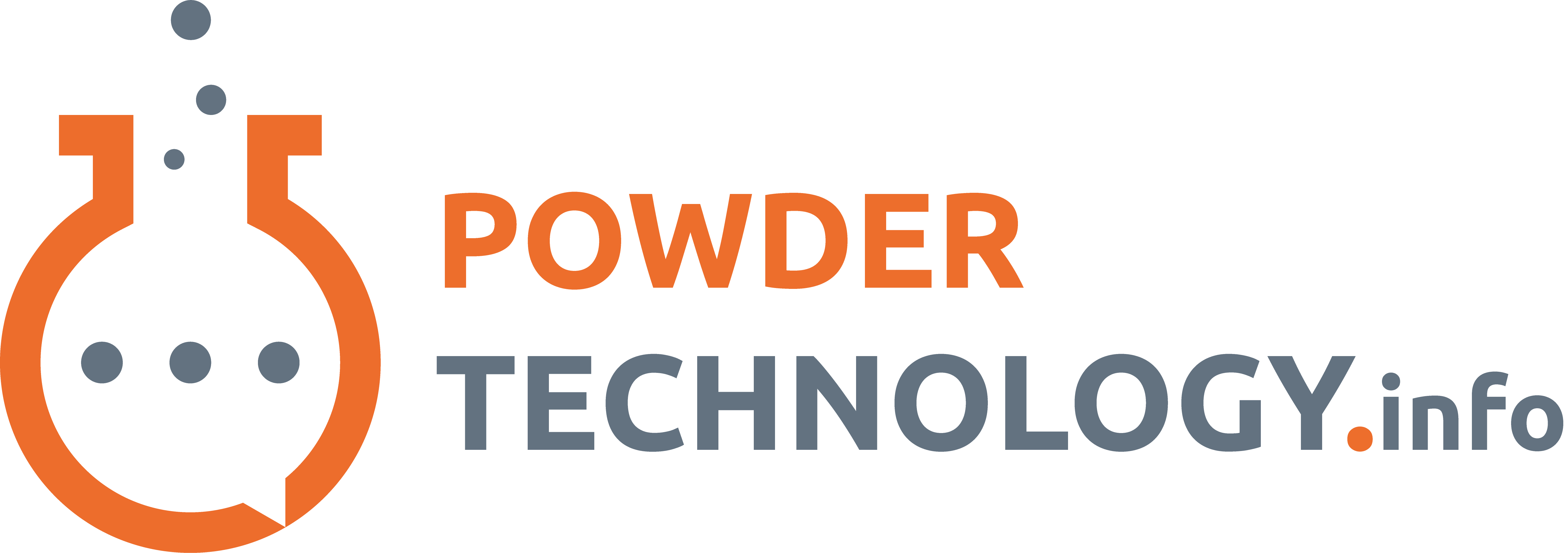Introduction Porosity Testing
Porosity plays a critical role in powder processing, influencing flow behavior, compressibility, dissolution rates, and mechanical properties. Consequently, achieving accurate porosity measurement is vital for quality control and process optimization across industries such as pharmaceuticals, metallurgy, ceramics, and food processing.
To help navigate this topic, this guide provides a comprehensive overview covering porosity fundamentals, testing methods, industry applications, and troubleshooting strategies. By the end, you’ll gain the knowledge needed to measure and interpret porosity effectively.
📥 For a structured testing approach, download the Porosity Testing Checklist (PDF) at the end of this guide! It helps ensure accuracy, consistency, and reliability in your process.
1. What Is Porosity?
Porosity (ϕ) represents the fraction of void space within a powder bed relative to its total volume. It determines how powders compress, flow in hoppers, or absorb moisture.
📌 Formula for Porosity:
Where:
- ϕ : Porosity (dimensionless or percentage)
- : Bulk density (g/cm³ or kg/m³)
- : True density (g/cm³ or kg/m³)
Types of Porosity
- Interparticle Porosity – Spaces between particles in a bulk powder.
- Intraparticle Porosity – Voids within individual particles (important in porous materials).
- Open vs. Closed Porosity – Open pores interact with their surroundings, while closed pores are isolated.
📌 Example: In pharmaceuticals, a powder with high interparticle porosity may result in poor tablet compaction and inconsistent drug release.
2. Why Is Porosity Important?
Understanding porosity is essential for:
✔ Predicting Powder Flowability – High porosity often leads to poor flow due to increased cohesion.
✔ Optimizing Compression & Packing – Critical in tablet pressing, powder metallurgy, and ceramics.
✔ Controlling Permeability & Absorption – Essential for catalysts, membranes, and filters.
✔ Ensuring Consistent Blending & Mixing – Variations in porosity impact homogeneity.
📌 Example: In powder coatings, improper porosity control affects film thickness and defect formation.
3. Methods for Measuring Porosity
Various porosity testing methods are used, depending on powder properties and application needs.
A. Bulk and Tapped Density Method (Calculated Porosity)
- Principle: Measures the ratio of bulk and tapped density to estimate porosity.
- Equipment: Tapped density analyzer, Scott volumeter.
- Formula:
✅ Best for: Rapid porosity estimation in dry powders.
⚠️ Limitations: Assumes no closed porosity; not suitable for porous particles.
B. Mercury Intrusion Porosimetry (MIP)
- Principle: Uses high-pressure mercury penetration to determine pore size and volume.
- Advantages: High precision, wide pore size range (3 nm–300 μm).
- Limitations:
- Requires expensive instrumentation.
- Mercury is toxic and requires careful handling.
✅ Best for: Powder metallurgy, catalysts, and porous materials.
⚠️ Limitations: Cannot measure closed porosity.
C. Gas Pycnometry (Helium Pycnometry)
- Principle: Measures true density using gas displacement, then calculates porosity.
- Equipment: Helium pycnometer.
- Formula:
- Advantages: Non-destructive, accurate for fine powders.
- Limitations: Cannot distinguish between open and closed porosity.
✅ Best for: Pharmaceuticals, ceramics, and powders with fine pores.
📌 Example: Used to determine porosity in lactose powder for inhalable drug formulations.
4. Industrial Applications of Porosity Testing
📌 Porosity testing ensures product consistency and process efficiency across industries.
Pharmaceuticals 💊
- Optimizing tablet compaction and drug dissolution rates.
- Controlling dry powder inhaler (DPI) performance.
Metallurgy & Additive Manufacturing 🏗️
- Quality control for powder bed fusion (3D printing).
- Assessing sintering behavior in metal powders.
Ceramics & Coatings 🔬
- Managing porosity in membranes and filters.
- Enhancing mechanical strength in ceramic materials.
📌 Example: In 3D printing, controlling powder porosity prevents defects in printed parts.
5. Challenges in Porosity Measurement & Solutions
| Issue | Cause | Solution |
|---|---|---|
| Inconsistent results | Variability in powder packing | Standardize sample preparation |
| Overestimation of porosity | Presence of trapped air pockets | Use gas pycnometry instead of bulk density |
| Closed pores not detected | Some methods only measure open pores | Use a combination of BET & MIP |
6. Complementary Techniques for Porosity Analysis
In addition to direct measurement methods, some techniques provide valuable supplementary insights into porosity-related properties.
A. BET Surface Area Analysis (Brunauer–Emmett–Teller Method)
✅ Measures: Specific surface area by analyzing gas adsorption.
✅ Best for:
- Microporous materials (e.g., catalysts, activated carbon).
- Understanding adsorption capacity and surface reactivity.
⚠ Limitation: Does not measure total porosity or closed pores.
B. Scanning Electron Microscopy (SEM) & Image Analysis
✅ Measures: Pore structures and particle arrangement via high-resolution imaging.
✅ Best for:
- Identifying surface cracks, defects, and agglomeration.
⚠ Limitation: Provides 2D images only, requiring manual interpretation.
📌 Example: SEM is widely used in ceramics and sintered materials to assess pore connectivity.
7. Download the Porosity Testing Checklist (PDF)
📥 Need a structured, step-by-step guide for accurate porosity measurement?
👉 Download the Porosity Testing Checklist (PDF)
This checklist provides:
✅ A systematic approach to porosity testing.
✅ Key measurement techniques and calibration steps.
✅ Data analysis guidelines and troubleshooting tips.
✅ Reporting best practices with visualization recommendations.
For consistent, accurate, and reliable porosity testing, following a structured approach is essential. This practical reference guide provides clear, step-by-step instructions to help you standardize procedures, minimize errors, and improve result quality. Additionally, applying these best practices enhances measurement precision, allows for more effective troubleshooting, and ultimately ensures better process control.
Final Thoughts on Porosity Testing
Porosity testing is essential for ensuring consistent product performance, optimizing material properties, and maintaining overall process efficiency. Furthermore, choosing the right testing method, along with appropriate complementary techniques, allows for a more comprehensive evaluation of material behavior in critical applications. As a result, manufacturers can enhance quality control, improve process reliability, and prevent potential defects before they become costly issues.




